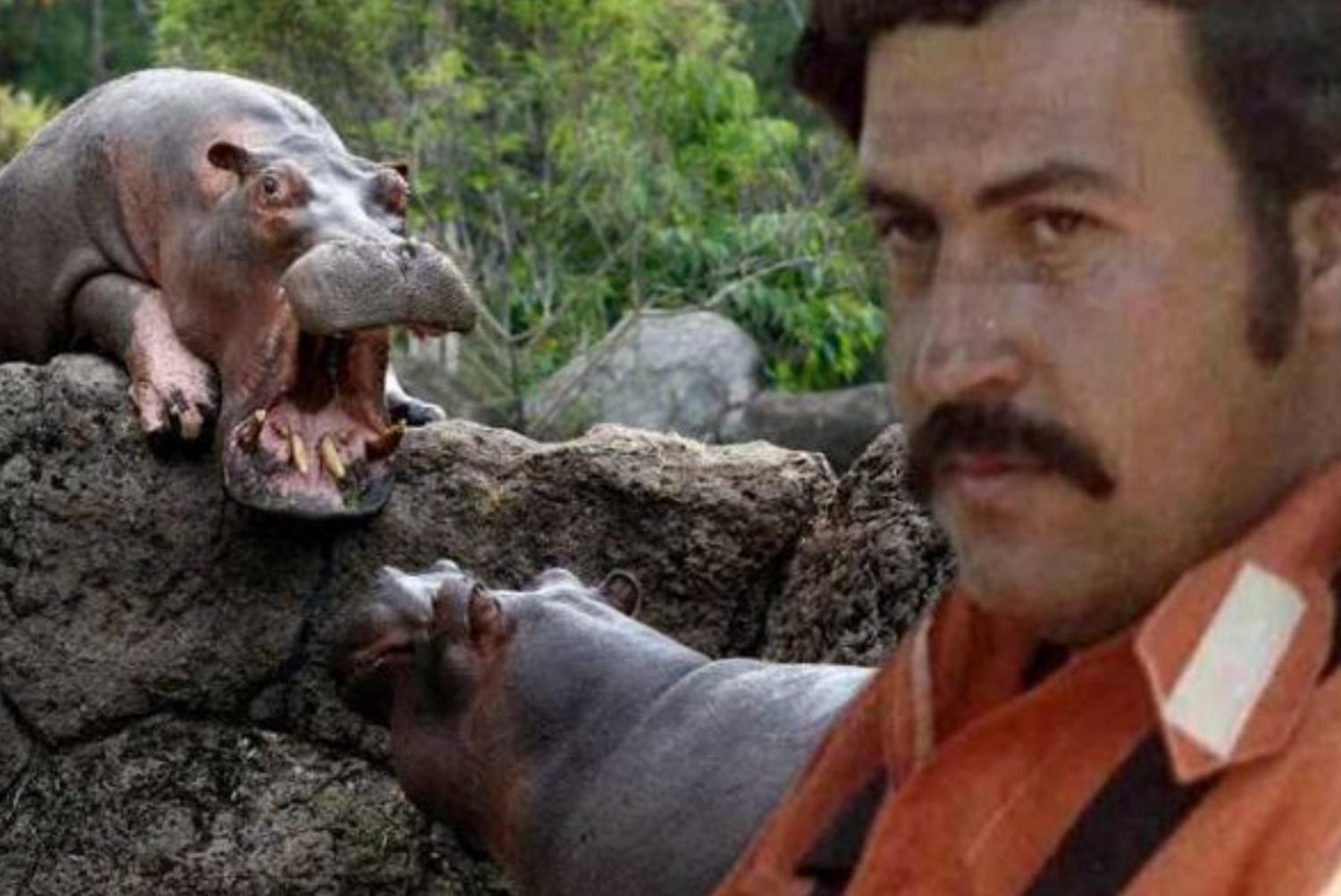Hungry, Hungry Hippo…
Not a game in Colombia
Who knew that Pablo Escobar, the notorious Colombian drug lord who died in 1993, would still be causing newsworthy problems?
Hippos are the most dangerous large land animals in Africa. They are said to kill almost 3,000 people a year. Now in Colombia, the animals are larger than any other in South America and, alarmingly, reproducing at a rapid pace.
Pablo Escobar introduced the hippopotamuses to South America when he imported four from a California zoo in the 1980s. Since then, the hippos have bred, now reportedly numbering approximately thirty-five in Colombia. They have recently been found roaming in villages as far as 100 miles away from where they originally were placed.

Infamous drug kingpin Pablo Escobar, who died in 1993, is still causing problems in Columbia with his hippopotamuses.
Confounded by this news, senior Grace Fabry commented, “I am confused as to why anyone would import hippos anywhere.”
Originally, the hippos were in an enclosed area with a lake but, since they are so humongous, there was no guarantee that they would stay in that area. After Escobar was killed, the ranch was confiscated by authorities and left untended, allowing the animals to escape.
Typically, the hippos come out at night to eat. Then, they defecate and urinate in the rivers, causing people to worry about what will happen to the river ecosystems. There is a strong concern that the hippos will displace the manatees, caimans, and otters.
At the same time, the giant mammals are destroying crops and creating real fear among defenseless farmers and villagers.
There is a plan to try to make a large metal enclosure, capture the hippos and then anesthetize them to make sure they remain manageable. This would cost a minimum of $100,000. Those working on the issue do not want to harm the hippos, but they do want to control them.
Not surprisingly, no students were aware of the unusual problem. Once informed, junior Jonathan Cutri wisely explained, “If I were hiking in the Cuyahoga Valley National Park and I looked up and saw a hippo five feet in front of me, I would stop, drop and roll.”
Hippos are making their mark in Colombia. Despite the cute, colorful creatures of the popular childhood game, the strong, amazingly fast real-life beasts are causing more fear than anyone could have imagined.










